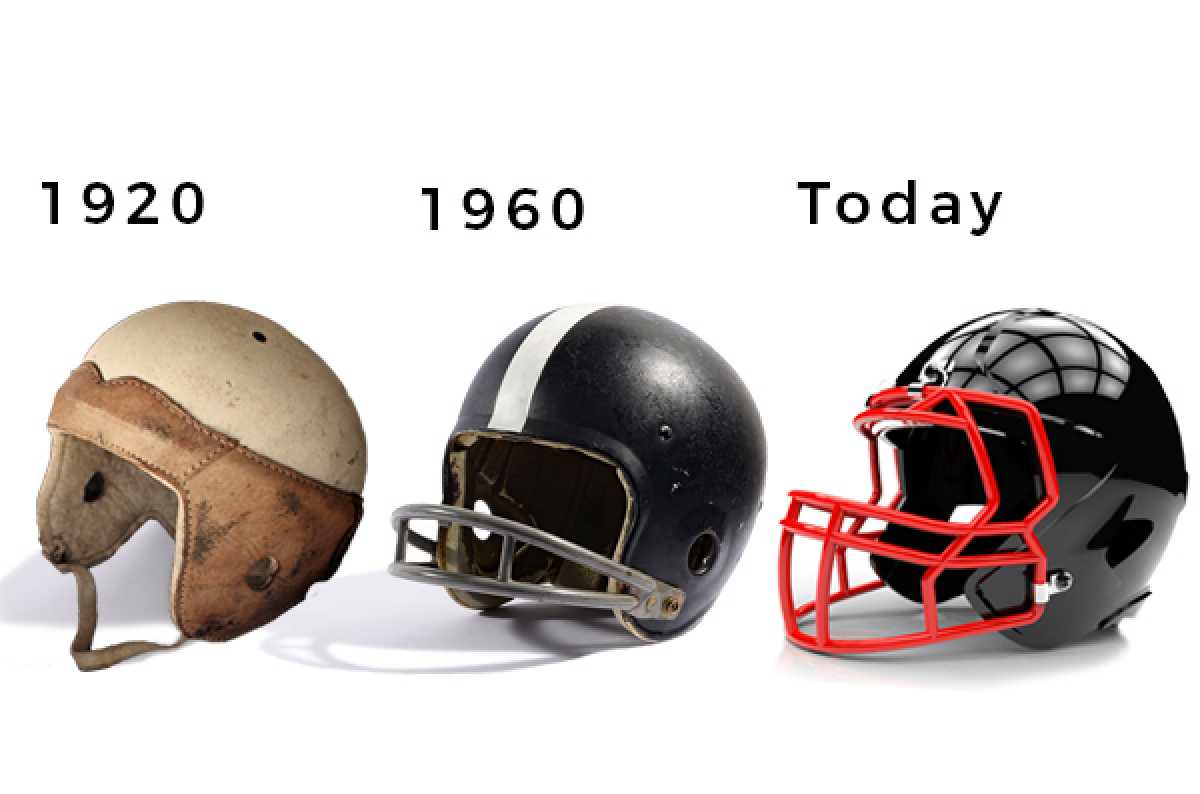Features
The History And Evolution Of Sports Equipment Technology

Sports equipment technology has come a long way throughout history, constantly evolving to enhance performance, reduce injuries, and improve the overall experience for athletes. From ancient times, where minimal equipment was used, to the modern era of high-tech gear, this article will take you on a journey through the fascinating history of sports equipment technology.
Ancient Times: Simple Beginnings
In the early days of sports, athletes competed with a minimal amount of equipment. For example, in ancient Greece, the birthplace of the Olympic Games, athletes participated completely nude. The only items they utilized were protection for their hands and feet, such as leather straps and bindings for boxing and wrestling.
Similarly, in early civilizations like Egypt and Mesopotamia, sports like archery and wrestling were prevalent. Archers used basic wooden bows and arrows crafted from natural materials, while wrestlers used simple protective headgear and sometimes wore belts made of leather.
The Middle Ages: Advances in Armor
During the Middle Ages, various forms of combat sports gained popularity, requiring more advanced protective equipment. Knights engaged in jousting, a form of mounted combat, wore heavy armor comprising a helmet, plate armor, and chainmail, which offered crucial protection against potential injuries.
Additionally, advancements were made in sports like fencing and archery. Fencing saw the development of rapier swords, which were lighter and more flexible than their predecessors. Archers began using longbows made from composite materials, allowing for greater accuracy and power.
The Industrial Revolution: Mass Production and Standardization
The Industrial Revolution in the 18th and 19th centuries marked a turning point in sports equipment technology. With the advent of mass production, equipment became more accessible and affordable. Standardization also played a significant role, ensuring consistency in equipment specifications across different sports.
Sporting goods manufacturers emerged, producing a wide array of equipment for popular sports such as baseball, cricket, and tennis. Baseball saw the introduction of standardized baseballs and gloves, while cricket witnessed the development of bats made from high-quality willow.
20th Century: Innovation and Advancements
The 20th century brought about a plethora of revolutionary advancements in sports equipment technology, driven by scientific research, new materials, and evolving sporting regulations.
In track and field, newly designed spikes enhanced an athlete’s grip and stability on the ground, allowing for faster sprints and improved performance. Similarly, advancements in cycling introduced aerodynamic designs for bicycles and lightweight materials, like carbon fiber, improving speed and efficiency.
Basketball, one of the most popular team sports globally, saw the introduction of synthetic rubber basketballs, replacing the old leather ones. Synthetic basketballs offered better grip, durability, and performance in different weather conditions.
Modern Era: Cutting-Edge Technology
As we entered the 21st century, sports equipment technology advanced even further, with a strong focus on materials and innovative design.
Tennis rackets underwent significant transformations, shifting from traditional wooden frames to lightweight graphite composites. These composite rackets improved power and control, enabling players to hit the ball with greater accuracy and speed.
Footwear for various sports also underwent substantial improvements. Running shoes, for example, incorporated cushioning technologies and materials that enhanced energy return, reducing fatigue and improving overall performance. Soccer cleats saw the introduction of innovative stud designs that provided better traction and stability on different playing surfaces.
The Future of Sports Equipment Technology
The future of sports equipment technology is undoubtedly exciting. With ongoing advancements in fields like materials science, ergonomics, and data analytics, we can expect the development of even more innovative and performance-enhancing equipment.
Technologies such as wearable sensors and smart fabrics with embedded sensors may enable real-time tracking of an athlete’s vital signs and biomechanics, allowing for precise adjustments and optimization of performance.
Furthermore, virtual reality and augmented reality technologies are also making their way into sports training and equipment design. These technologies have the potential to revolutionize the way athletes train and visualize their performance, providing immersive and interactive experiences.
In conclusion, the history and evolution of sports equipment technology showcases the constant drive for improvement in the sporting world. From the simple beginnings of ancient sports to the cutting-edge technology of today, innovation continues to shape the way we play, compete, and achieve greatness in sports.










